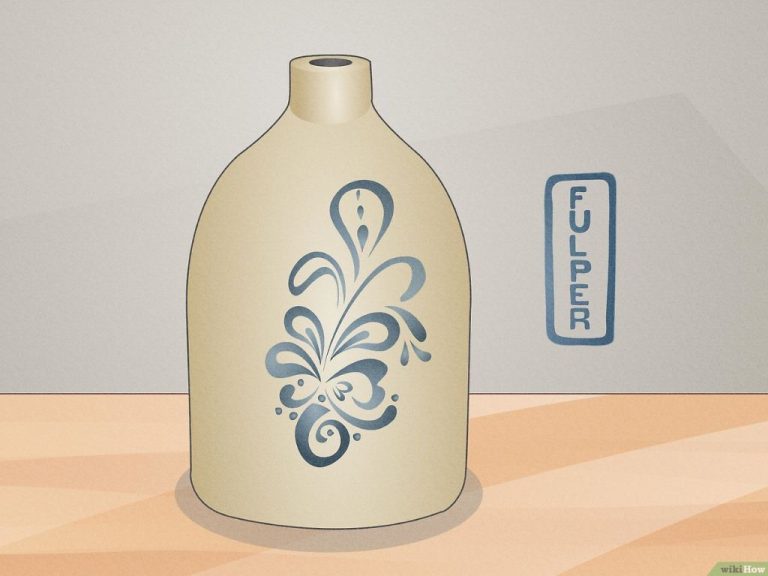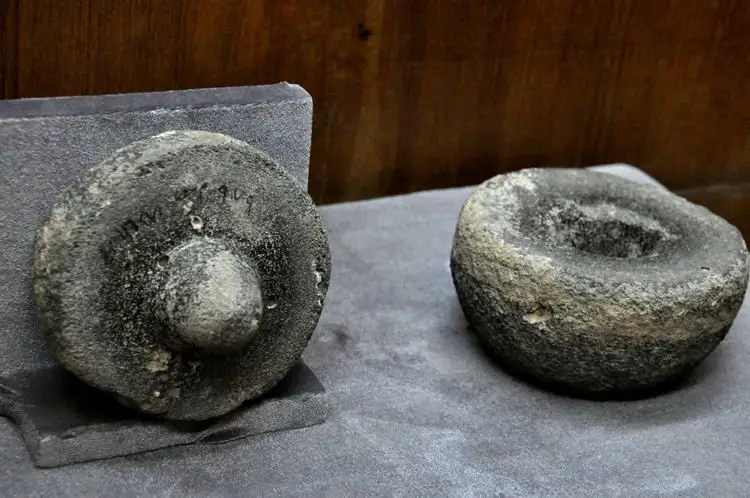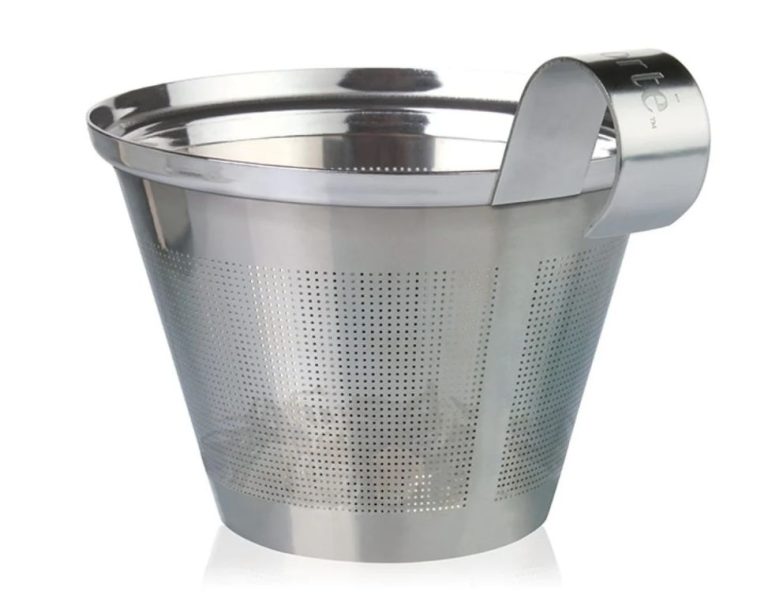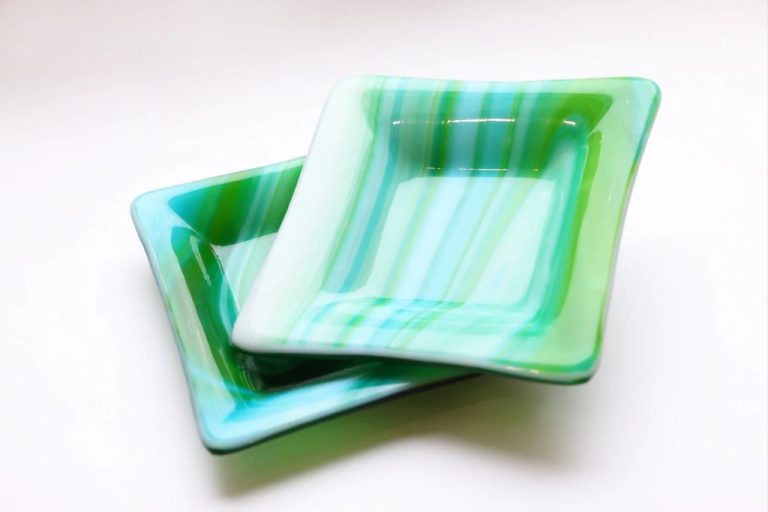How Do You Use The Ohaus Triple Beam Scale?
The Ohaus triple beam balance is a classic instrument that has been used to precisely weigh objects since the early 1900s. Ohaus Corporation has a long history of manufacturing high quality weighing scales, dating back to its founding in Newark, New Jersey in 1907 (Company History).
The triple beam balance gets its name from having three beams that allow you to move known masses along the beams to determine the unknown mass of an object. The device has a weighing platform or pan on top where you place the object to be measured. Underneath are the three beams, one for grams, one for 100 gram increments (tens), and one for 10 gram increments (ones). Moving the weights on the beams balances the mass and allows you to read the value off the beams.
The triple beam balance was designed to provide precise measurements, while also allowing users to easily adjust the mass. Over the decades it became a staple for science classrooms, labs, and field work thanks to its accuracy, durability and portability compared to other scale options.
Identify the Parts
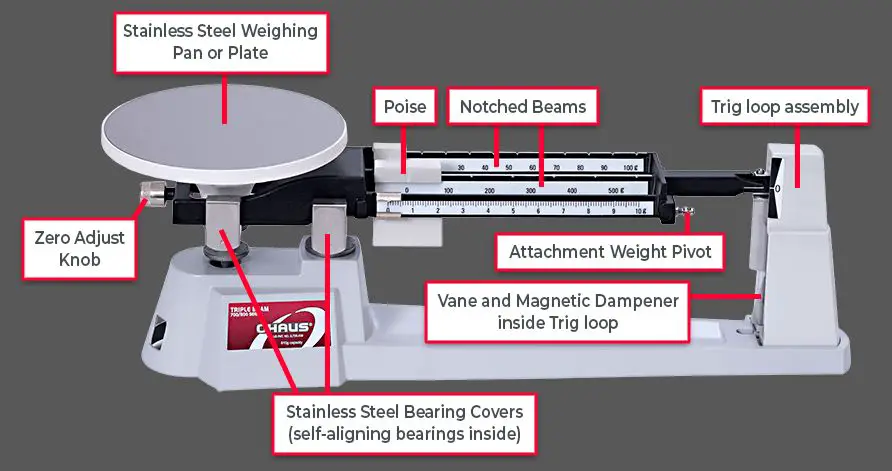
The Ohaus triple beam balance has several key parts that allow it to function.
The pointer slides along the beam and indicates the weight measurement on the scale. It is attached to the weighed object on the pan by the chain.
The triple beam balance gets its name from having three beams, one for each decimal place. The beams allow the scale to measure precise weights.
The pans hang below the balance. Objects to be weighed are placed on the pans. There are two pans, one for the object and one used to hold weights.
The rider is the movable weight that slides along each beam. The riders are positioned on the beams to balance the object on the pan.
The weights that come with the scale hang below the balance. They can be added to the pan to reach the desired measured weight.
Prepare the Scale
Before weighing an object, it is critical to properly prepare the triple beam balance. First, ensure the balance is on a flat, level surface to allow for accurate readings. The balance must be balanced or “zeroed out” before use by sliding the weights on the beams all the way to the left. According to the Home Science Tools learning center, “move the largest weight to the far right. Move the smaller weights so that the indicator is lined up with the zero line. This zeros out the scale.”1 Check that the pan is empty and clean. Give the pan a light tap before final adjustments to ensure the beam is settled. The scale pointer should align precisely with zero on the scale prior to weighing an object for accurate measurements.
Weigh an Object
To weigh an object using the triple beam balance, first ensure that the balance is level and has been properly zeroed out. Place the object to be weighed on the center of the pan. The pan should be empty and clean before placing the object on it.
Next, move the riders (sliding weights) on each of the beams to balance the scale. Move the largest rider first, then the middle, then the smallest. The riders can be moved left and right along the beams. Move them until the indicator is lined up with the zero mark and the balance beam is horizontal.
Once the balance is level, read the measurement by adding up the values of where each rider is positioned on the beams. For example, if the 100 gram rider is at 80, the 10 gram rider is at 3, and the 1 gram rider is at 4, then the total measurement would be 187 grams. This is your mass measurement for the object.
It may take some light adjustment of the riders to get an accurate reading. Make sure not to move the object on the pan during measurement as this will affect the reading. Read the measurement at eye level to avoid parallax errors. Record the mass measurement from the triple beam balance scale.
Tare the Scale
To measure just the weight of the object you are weighing and not the weight of the container holding the object, you need to “tare” or zero out the scale. This involves the following steps:
First, place the empty container you will use, such as a beaker or weighing tray, on the center of the platform. Adjust the beams until the pointer is lined up with the zero line. This zeros out the weight of just the empty container.
Next, carefully place the object you want to weigh into the container. The scales will now display the total weight of the container plus the object.
Finally, adjust the “Tare Beam” by sliding it until the indicator is back to zero. This zeros out the weight of the container, leaving just the weight of the object itself shown on the scale (Honeywell, 2022).
The triple beam balance now shows just the weight of the object, as the container’s weight has been “tared out” or subtracted from the total (John B., 2022).
Read the Beams
The triple beam balance has three beams that allow you to move known mass along the beams. Each beam has a different measurement capacity. Here’s how to identify and read each beam:
Capacity Beam: The capacity beam is located in the back and indicates the maximum weight the scale can measure. Common capacity beam increments are 500g, 1000g, and 2000g. To read the capacity beam, look at where the indicator is lined up and multiply that number by the capacity. For example, if the indicator lines up with the 4th notch on a 1000g capacity beam, the capacity beam reading is 4000g.
Fractional Beam: The fractional beam is located in the middle and commonly measures increments of 10g. To read the fractional beam, look at the notch the indicator lines up with and multiply it by 10. For example, if the indicator is on the 6th notch, the fractional beam reading is 60g.
Riders: The riders are the weights that slide along the beams. They commonly come in 100g, 10g, and 1g sizes. To get the rider reading, read the number engraved on the rider. For example, if the 100g rider is set to 3, the rider value is 300g.
To get the total mass on the scale, add up the readings from the capacity beam, fractional beam, and riders.
Maintenance
Proper maintenance is important for keeping the triple beam balance performing accurately. Here are some tips for maintenance:
Cleaning – The balance should be kept clean and free of dirt, dust or residue that could throw off the weight measurements. Gently wipe down the weighing platform, beams, and weights with a soft cloth. Avoid using harsh cleaners or solvents.
Calibration – Periodically check that the triple beam is calibrated correctly by weighing a known weight or calibration weight. If the displayed weight is off, small adjustments can be made to the zero adjustment knob or calibration knob on the beams to recalibrate.
Troubleshooting – If the scale is not weighing accurately, check that it is level by adjusting the leveling feet. Make sure the weighing platform is clean and clear of any obstructions. Examine the beams closely for damage and make sure the weights can slide freely.
Precision teaching maths worksheets,
If significant damage is found or the scale cannot be recalibrated, professional servicing may be required.
Safety Tips
When using a triple beam balance, it’s important to follow some basic safety tips to ensure accurate measurements and avoid damage to the equipment:
Operate the scale on a flat, level surface. An uneven surface can cause the balance to shift and produce incorrect readings. Make sure the table or counter is stable and free of vibrations.
Avoid overloading the scale. Check the maximum capacity of your triple beam balance and do not exceed this weight limit. Overloading can permanently damage the balance.
Make slow, gentle movements when adding or removing items. Quick, jerky motions can disturb the equilibrium of the scale and affect the accuracy of the reading. Carefully place objects on the platform and adjust the beams.
Always zero or “tare” the device before weighing anything. This ensures you are getting a precise baseline reading.
Handle the balance carefully during storage and transport. The device is precision-calibrated and dropping or jarring it can knock it out of alignment.
By following these basic precautions, you can get the most accurate results from a triple beam balance while keeping it in proper working condition over time.
Example Weighing
Here is a step-by-step guide with photos for weighing an object using the Ohaus triple beam balance:

1. Place the object you want to weigh on the center of the pan. Make sure the pan is empty and clean before placing the object on it.

2. Adjust the zero adjust knob so the pointer lines up with the zero line on the beam. This tares or zeros out the weight of the empty pan.

3. Unlock the largest weight and slide it along the beam until the pointer is lined up again with the zero line.

4. Move the middle weight in a similar way until the pointer is realigned with zero.
5. Finally, move the smallest weight to realign the pointer with zero again.

6. Read the weight measurements by adding the number on each beam where the slider is located. This will give you the mass of the object in grams.
Following these steps allows you to precisely weigh an object using the triple beam balance.
Conclusion
In summary, the Ohaus triple beam balance is an accurate and precise weighing instrument when used properly. Following the steps to identify the parts, prepare the scale, tare, and read the beams will lead to successful weighing. For the most precise measurements, make sure the scale is level and zeroed with the weights equally distributed on the pan before adding your sample. Taring the scale between measurements avoids errors from residual amounts. Sliding the weights gently and aligning the indicator will produce the most accurate readings. With some care and maintenance like routine cleaning and calibration checks, an Ohaus triple beam will provide reliable service for many years of weighing needs.
A few final tips: adjust the scale carefully without jostling, watch for drafts that could skew the balance, and take multiple consistent readings to verify accuracy. Practicing on samples with known weights helps develop proficiency. And remember that precision depends on using the smallest increment beams for a given sample mass. By following best practices with the triple beam design, you can trust the results for critical research, lab work, and other applications.


